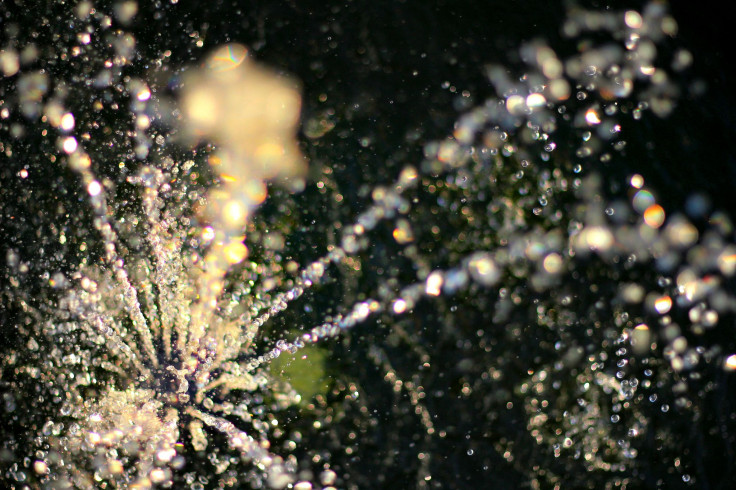Squirting May Just Be Peeing For Women Who Orgasm: Is Female Ejaculation Real?

Sometimes, it seems like scientists have gotten male sexuality all figured out. They know how to get them to reach orgasm and that it’s fairly straightforward. But women’s sexuality is more of a scientific mystery. Researchers are still trying to determine how to boost their sex drive, which is notoriously lower than men, and why some women don’t always orgasm. Among those who do orgasm though, some also ejaculate — you probably know this as squirting — and scientists and sexually active men alike have wondered at one point or another, “what the hell is that stuff?” Yeah, it turns out it’s just pee.
That’s the conclusion a group of scientists from Parly II private hospital in Le Chesnay, France, came to after performing some tests on seven women who claimed to squirt in excess. The squirting we’re talking about here isn’t the milky white substance that’s secreted when a woman orgasms — that’s believed to come from Skene glands, which are often compared to the male prostate, and secrete into the urethra — but rather a more powerful burst of liquid, which isn’t so milky white. Considering many women get the urge to pee during orgasm, it would be more far-fetched to say their ejaculate was something else rather than pee.
That’s not to say women aren’t ejaculating when they orgasm; the researchers found in five of the seven women small amounts of prostate-specific antigen (PSA), an enzyme found in men’s ejaculate that’s meant to liquefy semen. But when that comes out in the form of the milky white fluid, so does a little, or a lot, or urine. “This study presents convincing evidence that squirting in women is chemically similar to urine, and also contains small amounts of PSA that is present in men’s and women’s true ejaculate,” Barry Komisaruk, a professor at Rutgers University who wasn’t involved in the study, told New Scientist. “This study helps to reconcile the controversy over the fluids many women report being released at orgasm,” he added. “There are evidently two different fluids, with two different sources.”
For the study, the researchers recruited seven women who claimed they were able to squirt about a glass of water’s worth of fluid. They were first asked to provide a urine sample, and then underwent an ultrasound scan to show their bladders had been emptied. The women were then asked to try to orgasm, whether through masturbation or with a partner, and they underwent another ultrasound just before they climaxed, which showed that their bladders had refilled — you can guess where this is going. The fluid from these women’s orgasms was collected and tested, and the women underwent a final ultrasound, which showed their bladders were empty again. Two out of the seven women had only released urine, according to the chemical analysis.
So there you have it, albeit based on a small study. The findings give the UK government a basis for its recent decision to ban squirting, among other sexual acts, from pornography — urolagnia, or getting pleasure from urination, is considered obscene under the UK Obscene Publications Act. The findings will also confuse squirting fetishists (squirting is the seventh most popular search term on PornHub) as they realize they’ve been in love with golden showers all along. But most importantly, the findings give women more insight into what’s going on with their body, thus unraveling a bit more of the mystery that is women’s sexuality.
Source: Salama S, Boitrelle F, Gauquelin A, Malagrida L, Thiounn N, Desvaux P. Nature and Origin of “Squirting” in Female Sexuality. The Journal of Sexual Medicine. 2014.
Published by Medicaldaily.com



























